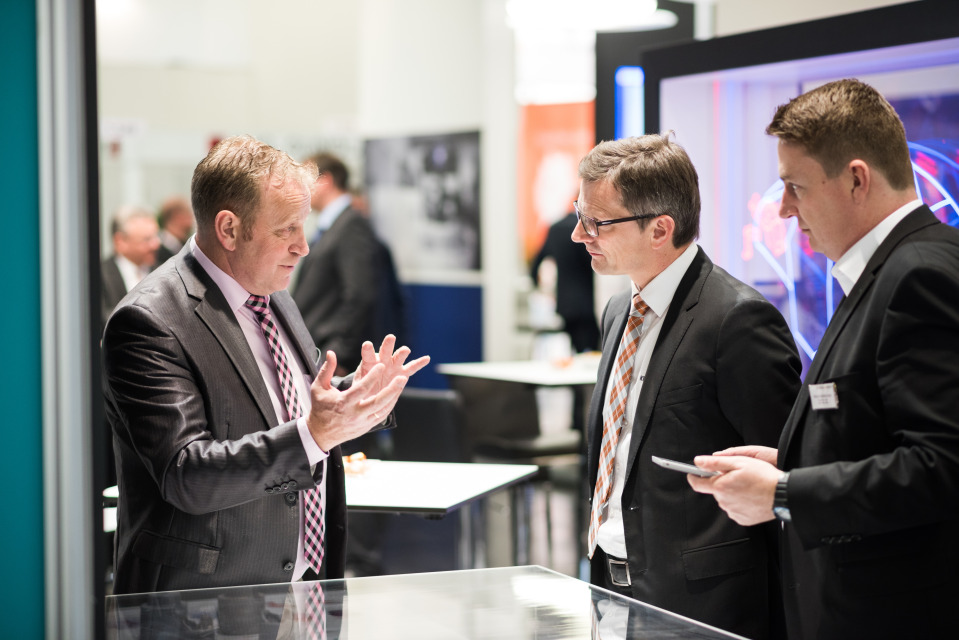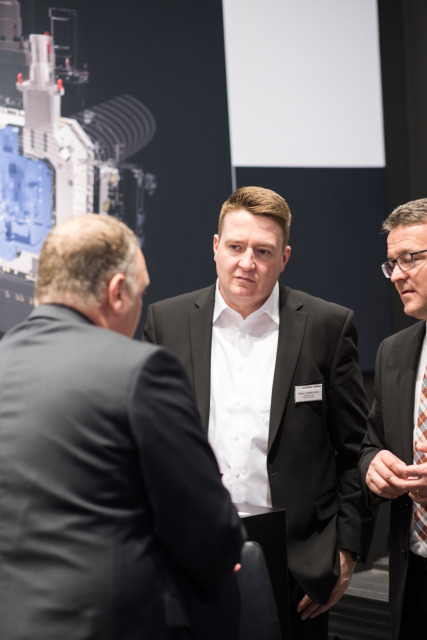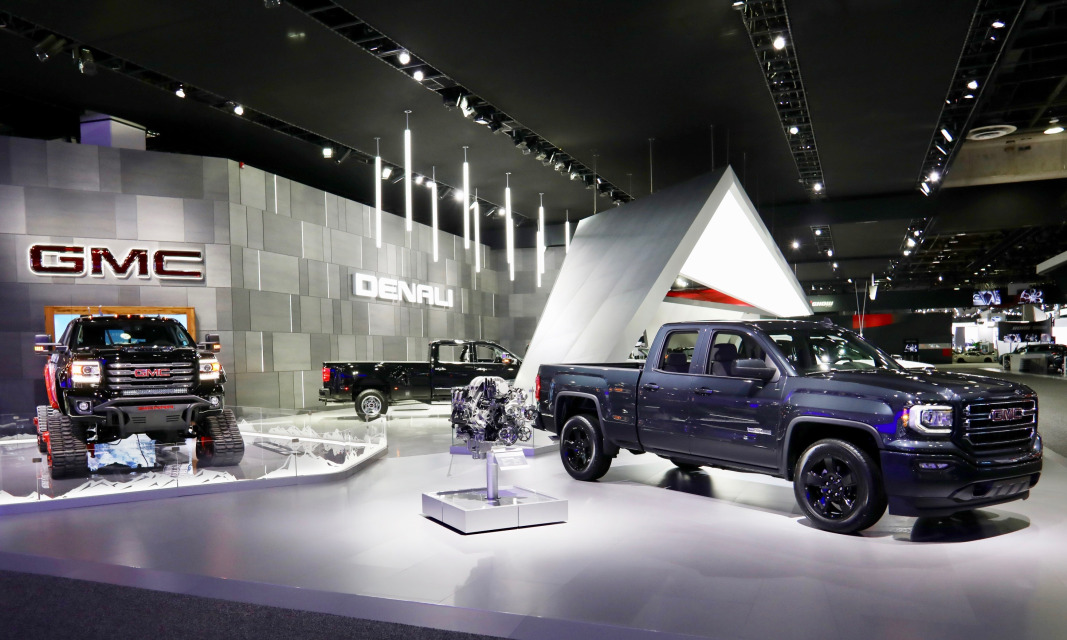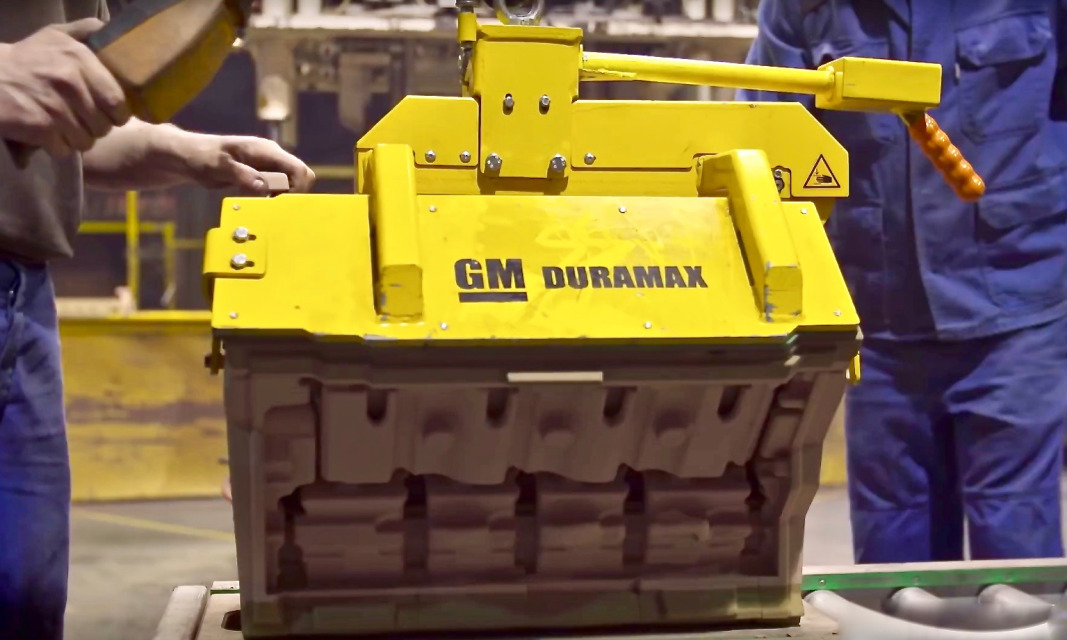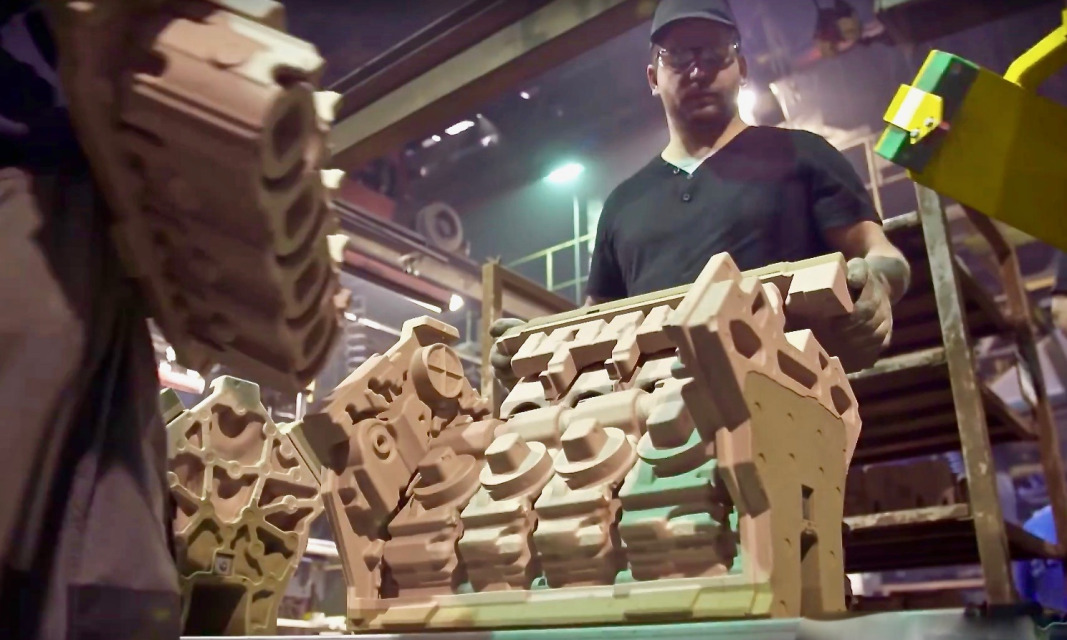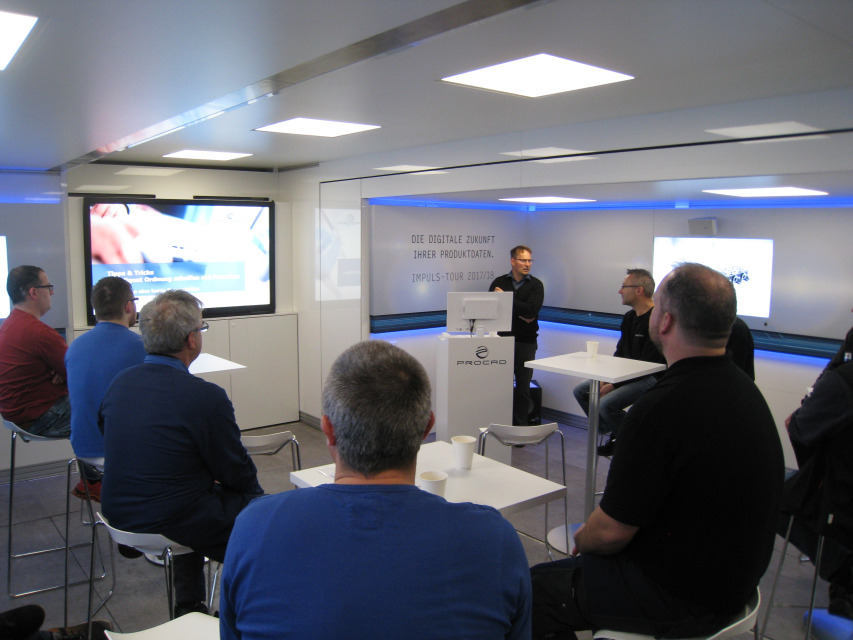Market leader General Motors relies on the experience and know-how of the German toolmaker Krämer+Grebe as well as the foundry company Halberg Guss for the engine block production of the Sierra Duramax 2500HD.
Last month was once again time to shine for the stars of the car industry at the NAIAS 2018 in Detroit. While one would assume that by now the overall trend at a fair, as important as this one, represents the movement towards electric cars, the hype about full-size-trucks continues momentously. So, no surprise that the main producers Ford, Chevrolet and GMC showcased their innovative truck highlights and newcomers – with no electric super-truck yet to come. Instead they surprised with diesel engines like the GMC V8 Duramax being one of the engine highlights for truck lovers and convincing with 450 HP, 6.6 L and a towing capacity up to 10 t in form of the Sierra Duramax 2500HD.
Whereas this engine is of great interest by being the growling heart of the full-size pickup, only little people know more about it than just the performing hard facts. Still there is always a beginning to every story, and the production story of the V8 Duramax begins in Biedenkopf-Wallau, Germany, in the engineering department of Krämer+Grebe.
The high-tech toolmaker is renowned in the industry for their longtime know-how and the resulting high quality. “Besides already the fact that we’re talking about a powerful V8 engine, the main issues in the production of the casting tool for the V8 Duramax were: lightweight design, sand reduction, suitability for mass production & automation, process reliability and last but not least maintainability.” says Katrin Grebe, CEO at Krämer+Grebe. So for the V8 Duramax they made it their task and challenge to develop a core package concept for the most economic casting
process, while keeping the focus on designing it more cost efficient by reducing the amount of sand used in the process of core shooting. Especially as the costs of recycling contaminated sand are enormous and the high waste of a natural resource simply not sustainable. The goal was to reduce a significant amount of sand through realization of the shellthickness for the cores of approx. 15-25mm., which eventually led to the result of an incredible reduction of 40% around 70kg sand, compared to an American toolshop, for every single casted engine.
Mainly due to downscaling the use of sand and therefore the cost in production, Krämer+Grebe made it economically interesting for Halberg Guss and GM to manufacture the engines in Germany. This is where the story of the V8 Duramax continues: in fact at Halberg Guss, one of Krämer+Grebe long trusted partners and the market & technology leader when it comes to the production of engine blocks. According to Juergen Schwan Sales Director at the Saarland casting company: “it was the perfect mix of costs, quality and timing” that made both companies the perfect fit for the V8 Duramax project. With a developing time of 4-5 months only, Krämer+Grebe could easily outstand its competition, not to say by its quality and competence during prototyping and production. Same accounts for Halberg Guss and what they produce in precise coordination is the heart of the engine – a full cast part weighing 145kg – and produced with a capacity and logistics of some 100.000 pieces per year.
Until the finishing of the full-size pickup the story keeps going from the engine assembly at Duramax to the car assembly of GMC in Detroit, USA – where the engine blocks get their horse powers and the American dream of a car its face. And before the trend of electronic cars doesn’t rule the American market, the German casting companies will remain first choice in qualitative casting tools & engine block production.

